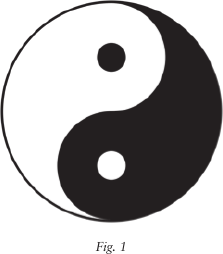Philosophy of Plant Morphology
Herbsttagung «Evolving Morphology»
Artikelreferenz exportieren
- Klartext
- BibTeX
- RIS Format
- Downloadkosten : € 6.00
Zusammenfassung:
I demonstrate how morphological research and our view of plant form is influenced by philosophical assumptions that are associated with worldviews and how empirical research may affect these assumptions and worldviews. I examine the following nine worldviews: essentialism, including phenomenology, mechanism, the fuzzy worldview (the continuum worldview), the dynamic worldview (also referred to as contextualism and process philosophy), holism or the holistic worldview (also called organicism), perspectivism (including complementarity), the generatingsubstance worldview, animism, and mysticism. All of these worldviews complement one another. However, essentialism and mechanism are more limited and the generating-substance worldview seems not tenable in terms of a material substance. All the remaining worldviews may be subsumed under a holodynamic worldview in the most comprehensive sense according to which plants and their morphology are integrated with the environment and the universe. Goethe embraced all of these nine worldviews. Characterizing him only as a phenomenologist and his method only or mainly as intuitive judgement (anschauende Urteilskraft), as it has been done so often, appears rather incomplete, one-sided, misleading, and a disservice to the “all-embracing Goethe” (Cusset 1982) who could recognize very different perspectives and could even go beyond them toward the mysterious ground of everything.
